Evidence Based Decision Making: Your Guide to Smarter Business Strategy with Zemith
Learn how evidence based decision making transforms business strategy. Our guide provides a practical framework for making smarter, data-driven choices.
At its core, evidence-based decision making is about making smarter, more reliable choices. It’s a structured way of using the best data and research available, alongside professional expertise, to steer your business strategy. Think of it as swapping gut feelings and guesswork for a clear, fact-based roadmap to success.
This approach empowers leaders to make decisions that aren't just based on instinct but are firmly grounded in reality. The result? A dramatic increase in your chances of success and a clear path to leveraging your data as a strategic asset.
What Is Evidence-Based Decision Making?

Imagine a seasoned ship captain navigating treacherous waters. They wouldn't rely on the feel of the wind alone, would they? They'd consult nautical charts, satellite data, and weather forecasts. That’s exactly what evidence-based decision making (EBDM) is for business. It isn’t about tossing out valuable experience or intuition; it’s about supercharging it with objective facts.
This methodical approach involves gathering, analyzing, and applying information from multiple sources to cut through uncertainty and light up the best path forward. It represents a critical shift in mindset—from "what we think will work" to "what the evidence shows will work."
The Core Components of EBDM
So, what does this "evidence" actually look like? A truly informed decision draws from several key sources to create a complete, well-rounded picture. Actionable insights come from integrating these four pillars:
- Organizational Data: This is your internal treasure trove—sales figures, website analytics, customer support tickets, and operational reports. It’s what’s happening inside your own walls.
- Scientific Research: Looking outward, you have academic studies, peer-reviewed journals, and credible industry reports that offer a wider context and proven findings.
- Professional Expertise: Never discount the seasoned judgment of your team. The insights from your leaders and subject matter experts are a crucial piece of the puzzle.
- Stakeholder Values: What do your customers, employees, investors, and partners actually want and need? Their perspectives ensure your decisions will land well in the real world.
When you weave these strands together, you stop making isolated bets and start executing a coherent, well-informed strategy. Suddenly, uncertainty isn't just a threat; it's a manageable part of the equation.
From Medicine to the Modern Boardroom
The roots of evidence-based practice lie in medicine, where doctors began relying on rigorous clinical trials to prove that treatments were both safe and effective. Today, those same principles are essential in every industry imaginable, from finance and tech to marketing and public policy.
However, its adoption isn't universal. Research highlights that just five countries are responsible for 41% of all studies on supporting EBDM, with over 80% of that research coming from high-income nations. This points to a massive opportunity for businesses everywhere to embrace this powerful approach.
An evidence-based approach doesn't eliminate risk, but it dramatically changes the odds. It ensures that every significant choice is an educated one, backed by a foundation of clear, verifiable information.
For any business today, this means every major move—from launching a new product to entering a new market—can be built on a foundation of solid proof. This is precisely where AI-powered platforms like Zemith provide a crucial advantage. Zemith acts as your advanced navigation toolkit, doing the heavy lifting of gathering and making sense of all this diverse data. It turns a sea of information into clear, actionable insights, empowering you to make evidence-backed choices with confidence.
Moving Beyond Gut Feel In Business Decisions

In a fast-moving market, relying on intuition alone is like navigating a maze blindfolded. While an executive’s experience is certainly valuable, the "gut-feel" approach is a massive gamble that often overlooks the complex realities of your industry. Decisions made this way are dangerously exposed to hidden cognitive biases that can mislead even the most seasoned leaders.
We’re all susceptible to them. Think of confirmation bias, that sneaky habit of seeking out information that backs up what we already believe while dismissing anything that doesn't. Or overconfidence bias, which can make us overestimate our own judgment and completely underestimate the risks. Without a solid, evidence-based process, these mental shortcuts can lead to expensive mistakes and squandered opportunities.
A single decision rooted in flawed intuition—like launching a product for a non-existent market or pouring money into the wrong marketing channel—can have serious financial repercussions. In a world awash with data, intuition without evidence is a huge liability.
The Tangible Returns of Data-Driven Choices
Switching to an evidence-based decision making model isn't just about dodging mistakes; it’s about intentionally building a more resilient, profitable, and innovative company. When you ground your strategy in real, verifiable data, you start a chain reaction of powerful business benefits.
- Higher Profitability: Companies that consistently use data to make choices are far better at understanding customer needs, optimizing prices, and putting resources where they count—all of which lead directly to a healthier bottom line.
- Smoother Operations: Evidence shines a light on inefficiencies. By digging into operational data, businesses can spot bottlenecks, automate tedious tasks, and fine-tune workflows to get the most out of every hour.
- Proactive Risk Management: Instead of just reacting to crises, you can start seeing them coming. Analyzing market trends and internal performance metrics can flag potential risks long before they turn into full-blown threats.
- Stronger Investor Confidence: Stakeholders and investors are much more likely to support a strategy backed by hard evidence than one based on a hunch. A data-driven culture signals stability, foresight, and smart leadership.
This shift takes your organization from a reactive posture to a proactive one, where every move is deliberate, strategic, and easy to defend.
How Evidence Sharpens Your Competitive Edge
The real-world applications of this approach can change every part of the business. It’s the driving force behind smarter product development, more effective marketing campaigns, and sound financial planning.
Imagine a marketing team planning their next campaign. Instead of just guessing which message will land, they can analyze customer feedback and crunch the performance numbers from past ads. This helps them find what truly motivates their audience. Understanding how to analyze qualitative data can uncover the "why" behind what customers do, offering deep insights that raw numbers alone can’t provide. This data-first approach results in campaigns that don't just reach the right people—they speak their language and inspire them to act.
In essence, evidence-based decision making provides the ultimate safeguard against bias. It forces us to validate our assumptions, challenge our own conclusions, and ensure that our intuition is aligned with reality.
This is where a unified platform becomes so important. A tool like Zemith is designed to be a crucial partner in this process, delivering the objective, AI-powered analysis needed to pressure-test executive intuition. By bringing together different data sources and serving up clear insights, Zemith helps validate, challenge, or refine ideas with hard facts, making sure every decision is as solid as it can be. It transforms data into a trusted advisor, giving you the confidence to move forward.
A Practical Framework for Evidence-Based Decisions
It’s one thing to talk about an evidence-based approach, but putting it into practice is what really moves the needle. To make evidence-based decision making a reality, you need a clear, repeatable process. Think of this framework as a roadmap, guiding you from a pressing business question all the way to a measurable, successful outcome.
The whole process can be broken down into five distinct stages. Each step builds logically on the last, ensuring your final decision isn't just a guess but the result of a rigorous, well-thought-out journey. Following a structured method like this helps you spot blind spots and systematically dials down the risks that come with any big business move.
This infographic lays out the foundational steps, showing how a simple question evolves into a rich collection of data, ready for evaluation.
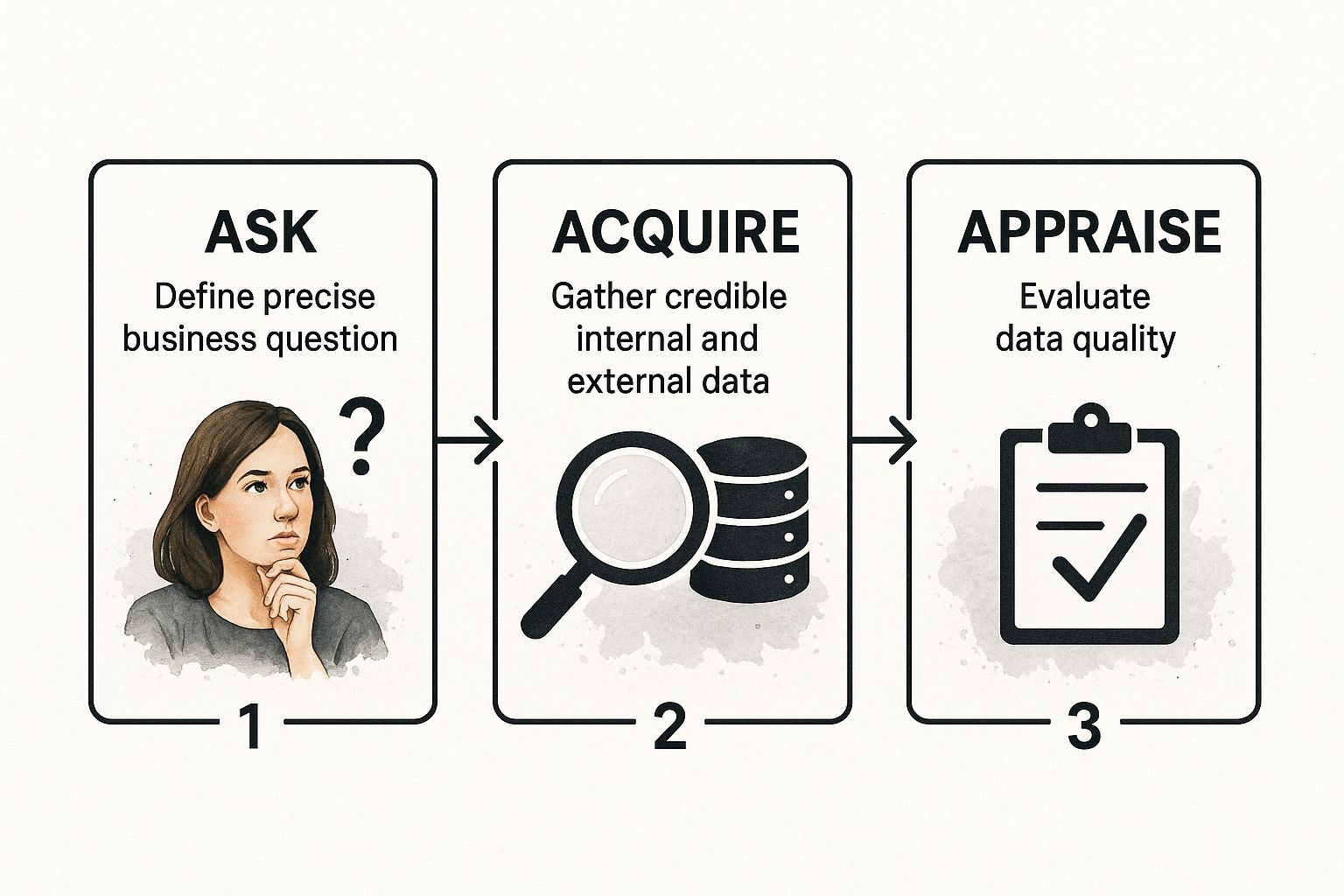
As you can see, a strong decision-making process always kicks off with a well-defined question—long before a single piece of data is even touched.
Step 1: Ask The Right Question
The entire framework lives or dies by this first step. A vague question will only ever get you a vague answer. The goal is to frame a precise, solvable business problem.
For instance, instead of asking, "How can we increase sales?" get more specific: "Which of our three proposed digital marketing channels is projected to deliver the highest return on ad spend for our new product line in Q4?"
That level of detail gives your team a clear target. A well-framed question defines the scope, the desired outcome, and the exact variables you need to dig into. This is where you can immediately get actionable. Use Zemith's AI-powered analytics to visualize your existing data, making it easier to spot trends and anomalies that help you ask sharper, more insightful questions right from the start.
Step 2: Acquire Relevant Evidence
Once you have your question nailed down, it’s time to hunt for evidence. This isn't about hoarding every scrap of data you can find. It’s about strategically gathering credible information from different places to build a complete, 360-degree view of the situation.
Good evidence gathering means looking both inside and outside your organization:
- Internal Data: This is your own stuff—sales figures, CRM data, customer feedback, website analytics, and operational reports. It’s the ground truth of how your business is actually performing.
- External Data: This includes market research, competitor deep dives, industry benchmarks, and economic trends. This information gives you the bigger picture, showing you where you fit in the market.
Actionable Insight: Streamline this step with Zemith’s integrations. The platform connects to dozens of internal systems and external data sources, pulling everything into one central workspace. This eliminates manual data chasing and gives you more time for analysis.
Step 3: Appraise The Quality Of Your Evidence
Here’s a hard truth: not all data is created equal. This third step is your quality control check. You have to put on your skeptic’s hat and critically evaluate the reliability, validity, and relevance of the information you’ve gathered. Is a data source biased? Is a study’s sample size big enough to trust? Is your own internal data clean and accurate?
Skipping this step is like building a house on a shaky foundation. A key part of any practical framework for evidence-based decisions is knowing how to improve data quality so you can trust the insights you get. If your evidence is flawed, your conclusions will be, too.
Actionable Insight: Use Zemith's AI-driven features to get a real edge here. The platform can run automated quality checks to flag inconsistencies, spot potential biases in datasets, and even summarize the credibility of outside sources, helping you build your case on solid ground.
Step 4: Apply The Findings To Your Strategy
Okay, you’ve got high-quality, relevant evidence. Now what? It's time to connect the dots and figure out what it all means for your business strategy. This is the synthesis step—translating complex analysis into a straightforward, actionable plan.
Let’s say the evidence shows one marketing channel has a 35% higher conversion rate but costs 50% more to run. Here, you have to weigh the trade-offs. The goal is to craft a plan that is directly supported by the evidence you've appraised. Sharing these findings clearly is a must, and our guide on data visualization best practices can show you how to do it well.
The application stage is where data transforms into direction. It’s the bridge between analysis and action, where insights are translated into a concrete plan that the entire team can understand and execute.
Step 5: Assess The Outcome And Refine
The final step closes the loop. After you’ve rolled out your decision, you have to measure its impact. Did that marketing channel actually deliver the projected ROI? Did the new process really reduce bottlenecks?
This assessment phase does two critical things. First, it tells you whether your specific decision was a success. Second, and just as importantly, it generates new internal data that feeds right back into your knowledge base. This creates a cycle of continuous improvement, making every future decision a little bit smarter. This feedback loop is the engine of a truly evidence-based culture.
How Real Companies Use EBDM To Win
It’s one thing to talk about frameworks and theories, but seeing evidence-based decision making in the wild is where it really clicks. Let’s look at how real companies are using this approach—not just to put out fires, but to build a serious competitive edge.
These stories show how gathering the right evidence and having the courage to act on it can fundamentally change a company’s path.
The Retailer That Turned Data Into Profit
Picture a huge retail chain wrestling with a problem as old as commerce itself: inventory management. For years, their strategy was a mix of last year's sales reports and the gut feelings of seasoned buyers. The result? Warehouses were overflowing with products nobody wanted, while the hottest items were constantly out of stock.
They knew they needed a new playbook, so they committed to a full-on, evidence-based strategy.
- What They Found: The team started digging into data they'd always ignored. They pulled real-time customer analytics, monitored social media trends, and kept a close eye on competitor pricing.
- What They Did: The evidence told a clear story: there was a massive gap between what the buyers thought would sell and what customers were actually buying. Armed with this proof, they completely rebuilt their inventory system around a predictive model fueled by this rich new data.
- The Bottom Line: The impact was stunning. Within six months, the company slashed its excess inventory by 30% and cut stockouts on its most popular products by a whopping 40%.
Actionable Insight: Imagine how much faster they could have moved with a tool like Zemith. All those different data streams—from sales numbers to social media chatter—could have been fed into one clean dashboard. The AI could have spotted those make-or-break trends weeks earlier, giving them a huge head start.
The Startup That Pivoted To Success
Now for a different story. A tech startup was on the brink of a failed launch. The founders were passionate about their new software, but the early feedback was... polite. Their big idea, born from their own assumptions, just wasn't resonating with the market.
Instead of doubling down on their gut instincts, they hit pause and went all-in on EBDM. Their company's survival depended on it.
An evidence-based pivot is not an admission of failure. It is a strategic response to new information—a calculated course correction that steers a company away from a dead end and toward genuine market fit.
They ran A/B tests on their website, sat down for one-on-one interviews to really understand user frustrations, and dove into the usage data from their beta testers.
The evidence was impossible to ignore. Users were completely bypassing the "main" feature and spending all their time on a small, secondary tool. Based on that hard data, they made the difficult call to pivot. They rebuilt the entire product around that one feature that users actually loved, leading to a launch that blew past all their goals.
These examples prove that EBDM isn't a one-trick pony. It's a powerful tool being applied everywhere, from operations to critical HR functions, with companies now exploring ways of reducing hiring bias through evidence-based AI tools. No matter the industry, the lesson is the same: in business today, you win by letting the evidence lead the way.
Making the Shift to a Genuinely Data-Driven Culture

Adopting a framework for evidence-based decision making is a huge step forward, but the tools and processes are only half the battle. The real change happens when you build a culture that actually lives and breathes data. It’s not enough to just have access to information; your entire organization needs the right mindset to put it to work.
A truly data-driven culture is one where every person on your team feels empowered to ask questions, challenge old assumptions, and look for evidence to back up their ideas. It's about creating an environment where curiosity is rewarded and "because I said so" is replaced with "let's see what the data says."
Fostering an "Evidence-First" Mindset
Building this kind of culture has to start at the top. Getting genuine executive buy-in isn't just a nice-to-have—it's non-negotiable. Leaders need to champion the shift away from gut-feel decisions. When executives consistently use data to make their own choices, it sends a powerful message that echoes through the entire company.
It's just as important to create a sense of psychological safety, an environment where employees feel comfortable questioning the status quo without fear of being shut down. This encourages healthy skepticism and ensures that even deeply held beliefs are pressure-tested against the facts.
Actionable Insight: A platform like Zemith can be a powerful catalyst for this cultural change. Its collaborative dashboards and intuitive reports are built to make data accessible to everyone. By breaking down information silos, Zemith makes insights easy to find and understand, empowering employees at all levels to join the evidence-based decision making process.
Building Bridges Between Teams
One of the most common hurdles in this transition is the communication gap between data experts and business leaders. One group talks in models and metrics; the other talks in strategy and outcomes. An evidence-first culture really takes off when these groups learn to speak a common language.
True EBDM success hinges on collaboration. It’s not just about accessing databases; it's about fostering an ongoing dialogue between those who generate evidence, those who understand the business context, and the key stakeholders making the final call.
Research backs this up. A study from Carnegie Mellon University found that organizations see far better outcomes when they get three groups working together: data experts, internal staff with deep organizational context, and key stakeholders. Creating space for this ongoing dialogue is what turns raw information into real results. You can read more about this collaborative approach on phys.org.
This collaborative model is the key to turning data into actionable knowledge. To learn more about this, check out our guide on effective knowledge management strategies.
Actionable Steps for Cultural Change
Changing your culture requires a practical plan. Here are three strategies to get you started:
- Champion Data Literacy: Invest in training programs that teach everyone—from marketing to HR—the basics of data interpretation, visualization, and critical thinking.
- Celebrate Evidence-Based Wins: When a team uses data to achieve a great outcome, recognize them publicly. Showcasing these successes reinforces the value of this new way of working.
- Integrate Data Into Daily Routines: Make data a standing item in team meetings. Encourage every project proposal to include a section on the evidence supporting its goals.
Got Questions About EBDM? We've Got Answers.
As you start weaving evidence-based decision-making into your daily operations, it's natural for some questions to pop up. We've gathered some of the most common ones we hear from organizations making this shift and answered them for you, plain and simple.
Is This Just For Big Companies With Huge Datasets?
Not at all. While giant corporations might have mountains of data, the core principles of EBDM work for everyone. Small businesses and startups can make smarter choices by looking at customer feedback, website traffic, and sales numbers.
The real secret is building a culture that questions assumptions and looks for proof, no matter how big your team is. Actionable Insight: Tools like Zemith are designed to be scalable, putting powerful data insights within reach for businesses of all sizes and leveling the playing field.
How Long Does It Really Take to Build This Kind of Culture?
Let's be realistic: this isn't a flip you switch overnight. Creating a culture around EBDM is a journey that starts with small, tangible wins. Apply the framework to a single project to show people what it can do. Once the positive results start speaking for themselves, you'll see momentum build.
This kind of change needs steady support from leadership, some training to get everyone comfortable with data, and the right tools. While a full-blown cultural shift can take months, you'll start noticing better, sharper decisions almost right away.
Evidence-based decision-making doesn't kill creativity or gut feelings—it gives them a launchpad. It provides the factual grounding needed for smarter, more successful innovation.
Does This Mean We Throw Out Creativity and Intuition?
Absolutely not. Think of it as a powerful upgrade. EBDM provides a solid foundation of facts that gives your creative ideas a much better shot at succeeding. That gut feeling you have? It's still incredibly important for coming up with new theories to test or making sense of tricky situations where the data doesn't tell the whole story.
The goal here is to use evidence to check, confirm, and sharpen those intuitive ideas. Actionable Insight: Use a platform like Zemith to quickly test a hypothesis. You can validate your intuition against real-world data, ensuring your brilliant innovations are connected to reality and far more likely to resonate with your customers.
Ready to make every decision your best one yet? Zemith is the all-in-one AI workspace designed to help you gather evidence, understand your data, and move your business forward with confidence. Start turning your data into a real competitive edge by exploring the Zemith platform today.
Explore Zemith Features
Introducing Zemith
The best tools in one place, so you can quickly leverage the best tools for your needs.
All in One AI Platform
Go beyond AI Chat, with Search, Notes, Image Generation, and more.
Cost Savings
Access latest AI models and tools at a fraction of the cost.
Get Sh*t Done
Speed up your work with productivity, work and creative assistants.
Constant Updates
Receive constant updates with new features and improvements to enhance your experience.
Features
Selection of Leading AI Models
Access multiple advanced AI models in one place - featuring Gemini-2.5 Pro, Claude 4.5 Sonnet, GPT 5, and more to tackle any tasks

Speed run your documents
Upload documents to your Zemith library and transform them with AI-powered chat, podcast generation, summaries, and more
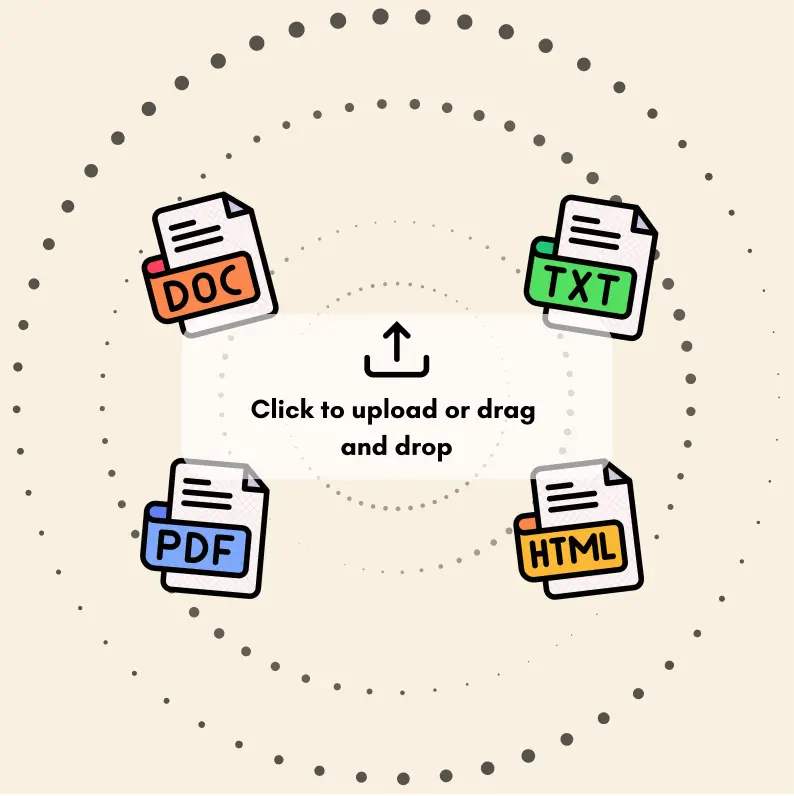
Transform Your Writing Process
Elevate your notes and documents with AI-powered assistance that helps you write faster, better, and with less effort
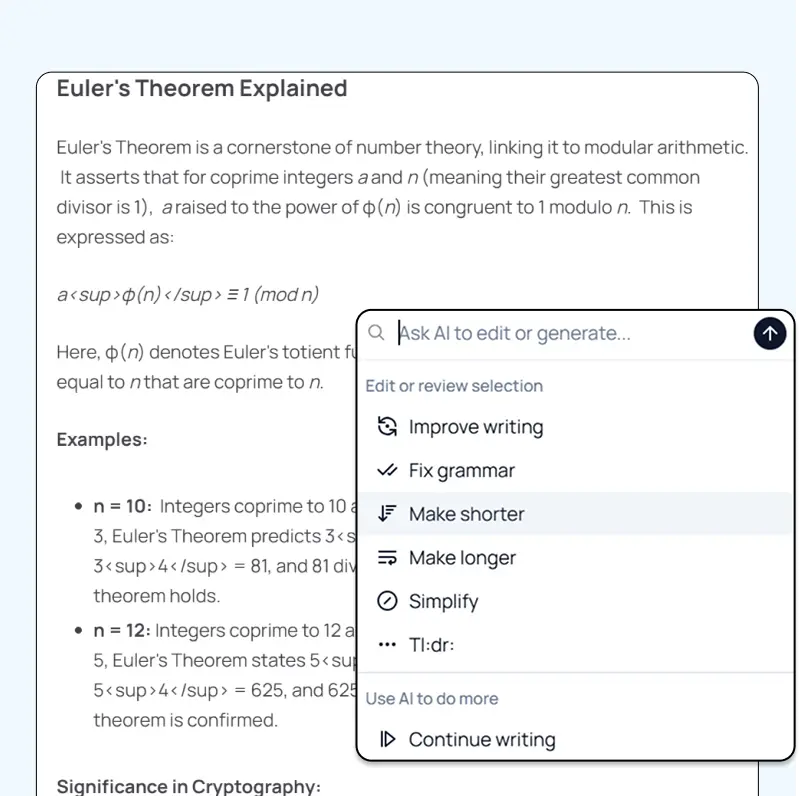
Unleash Your Visual Creativity
Transform ideas into stunning visuals with powerful AI image generation and editing tools that bring your creative vision to life
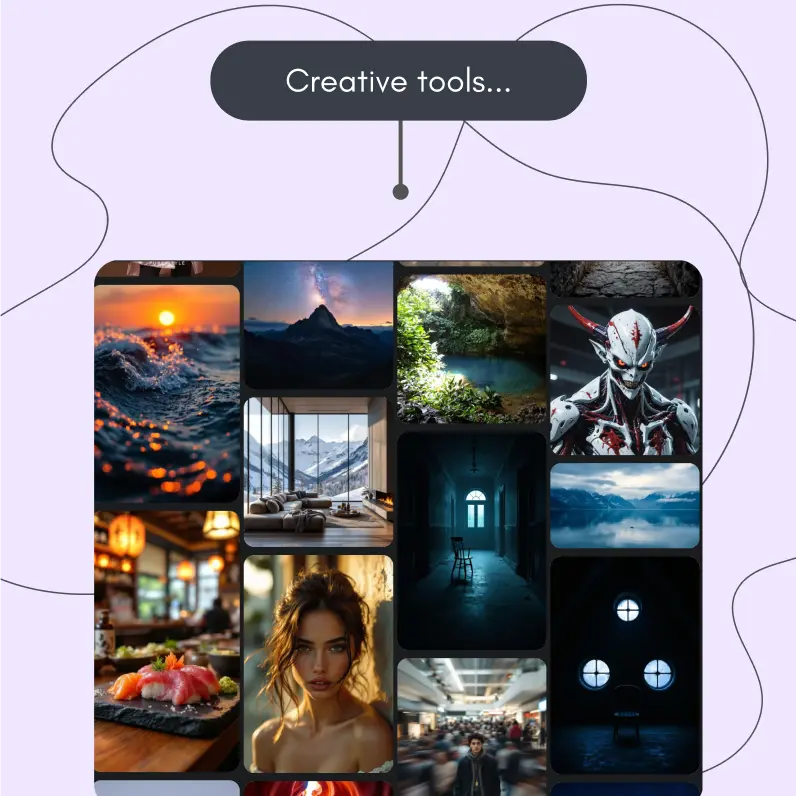
Accelerate Your Development Workflow
Boost productivity with an AI coding companion that helps you write, debug, and optimize code across multiple programming languages
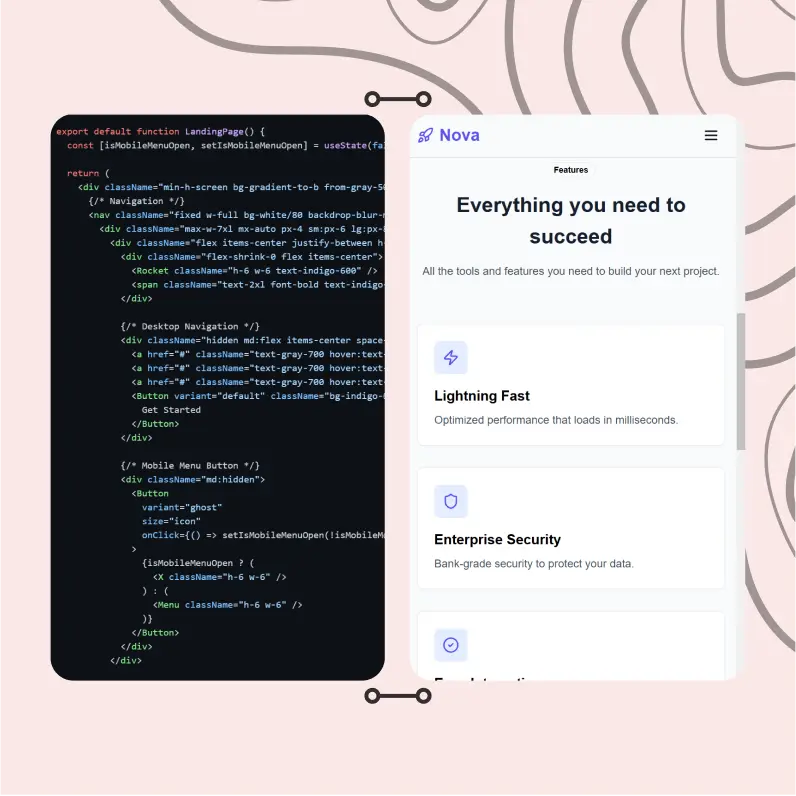
Powerful Tools for Everyday Excellence
Streamline your workflow with our collection of specialized AI tools designed to solve common challenges and boost your productivity
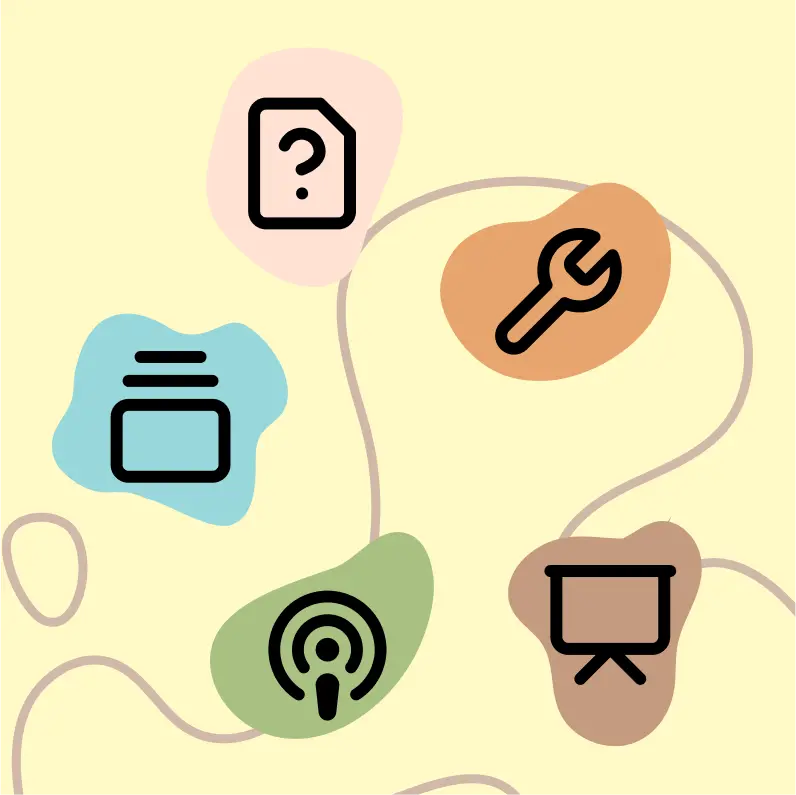
Live Mode for Real Time Conversations
Speak naturally, share your screen and chat in realtime with AI

AI in your pocket
Experience the full power of Zemith AI platform wherever you go. Chat with AI, generate content, and boost your productivity from your mobile device.

Deeply Integrated with Top AI Models
Beyond basic AI chat - deeply integrated tools and productivity-focused OS for maximum efficiency
Straightforward, affordable pricing
Save hours of work and research
Affordable plan for power users
Plus
- 10000 Credits Monthly
- Access to plus features
- Access to Plus Models
- Access to tools such as web search, canvas usage, deep research tool
- Access to Creative Features
- Access to Documents Library Features
- Upload up to 50 sources per library folder
- Access to Custom System Prompt
- Access to FocusOS up to 15 tabs
- Unlimited model usage for Gemini 2.5 Flash Lite
- Set Default Model
- Access to Max Mode
- Access to Document to Podcast
- Access to Document to Quiz Generator
- Access to on demand credits
- Access to latest features
Professional
- Everything in Plus, and:
- 21000 Credits Monthly
- Access to Pro Models
- Access to Pro Features
- Access to Video Generation
- Unlimited model usage for GPT 5 Mini
- Access to code interpreter agent
- Access to auto tools
- 10000 Credits Monthly
- Access to plus features
- Access to Plus Models
- Access to tools such as web search, canvas usage, deep research tool
- Access to Creative Features
- Access to Documents Library Features
- Upload up to 50 sources per library folder
- Access to Custom System Prompt
- Access to FocusOS up to 15 tabs
- Unlimited model usage for Gemini 2.5 Flash Lite
- Set Default Model
- Access to Max Mode
- Access to Document to Podcast
- Access to Document to Quiz Generator
- Access to on demand credits
- Access to latest features
- Everything in Plus, and:
- 21000 Credits Monthly
- Access to Pro Models
- Access to Pro Features
- Access to Video Generation
- Unlimited model usage for GPT 5 Mini
- Access to code interpreter agent
- Access to auto tools
What Our Users Say
Great Tool after 2 months usage
simplyzubair
I love the way multiple tools they integrated in one platform. So far it is going in right dorection adding more tools.
Best in Kind!
barefootmedicine
This is another game-change. have used software that kind of offers similar features, but the quality of the data I'm getting back and the sheer speed of the responses is outstanding. I use this app ...
simply awesome
MarianZ
I just tried it - didnt wanna stay with it, because there is so much like that out there. But it convinced me, because: - the discord-channel is very response and fast - the number of models are quite...
A Surprisingly Comprehensive and Engaging Experience
bruno.battocletti
Zemith is not just another app; it's a surprisingly comprehensive platform that feels like a toolbox filled with unexpected delights. From the moment you launch it, you're greeted with a clean and int...
Great for Document Analysis
yerch82
Just works. Simple to use and great for working with documents and make summaries. Money well spend in my opinion.
Great AI site with lots of features and accessible llm's
sumore
what I find most useful in this site is the organization of the features. it's better that all the other site I have so far and even better than chatgpt themselves.
Excellent Tool
AlphaLeaf
Zemith claims to be an all-in-one platform, and after using it, I can confirm that it lives up to that claim. It not only has all the necessary functions, but the UI is also well-designed and very eas...
A well-rounded platform with solid LLMs, extra functionality
SlothMachine
Hey team Zemith! First off: I don't often write these reviews. I should do better, especially with tools that really put their heart and soul into their platform.
This is the best tool I've ever used. Updates are made almost daily, and the feedback process is very fast.
reu0691
This is the best AI tool I've used so far. Updates are made almost daily, and the feedback process is incredibly fast. Just looking at the changelogs, you can see how consistently the developers have ...
